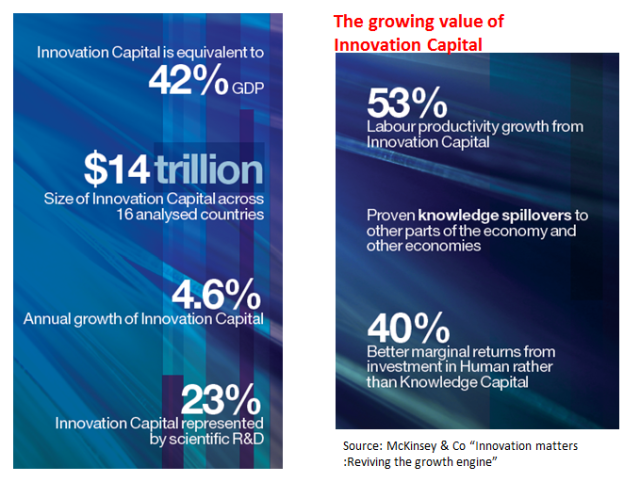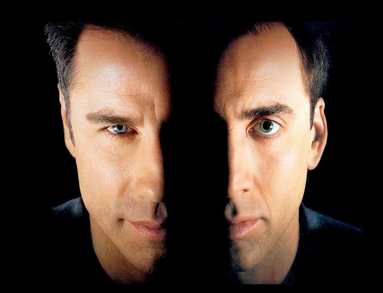 I’d like to relate to parts of a book that came out in late 2013 from Bill Sharpe, actually more a booklet, called “Three Horizons: The Patterning of Hope”, published by Triarchy Press, has some really helpful insights that is truly fields of future, full of foresight.
I’d like to relate to parts of a book that came out in late 2013 from Bill Sharpe, actually more a booklet, called “Three Horizons: The Patterning of Hope”, published by Triarchy Press, has some really helpful insights that is truly fields of future, full of foresight.
In this book, Bill outlines his distinct ways of creatively working through many of the unknowns, by framing and connecting through the Three Horizons, (3H) as his contribution to the patterning of hope for all our futures.
I draw out a lot from his thinking, experiences and approaches within the book. Some of these initial thoughts outlined here, re-affirm my own thinking and focus on the 3H, specifically for innovation and its management.
Here are some of the ‘triggers’ I connected with strongly from his book:
Continue reading “Three Horizons – fields of future, full of foresight.”



 Let’s admit it, our middle management needs a radical makeover, a new fitness regime to make us far more innovation fit.
Let’s admit it, our middle management needs a radical makeover, a new fitness regime to make us far more innovation fit.



